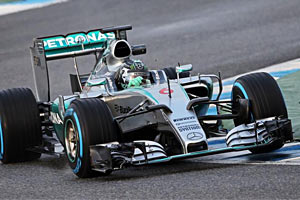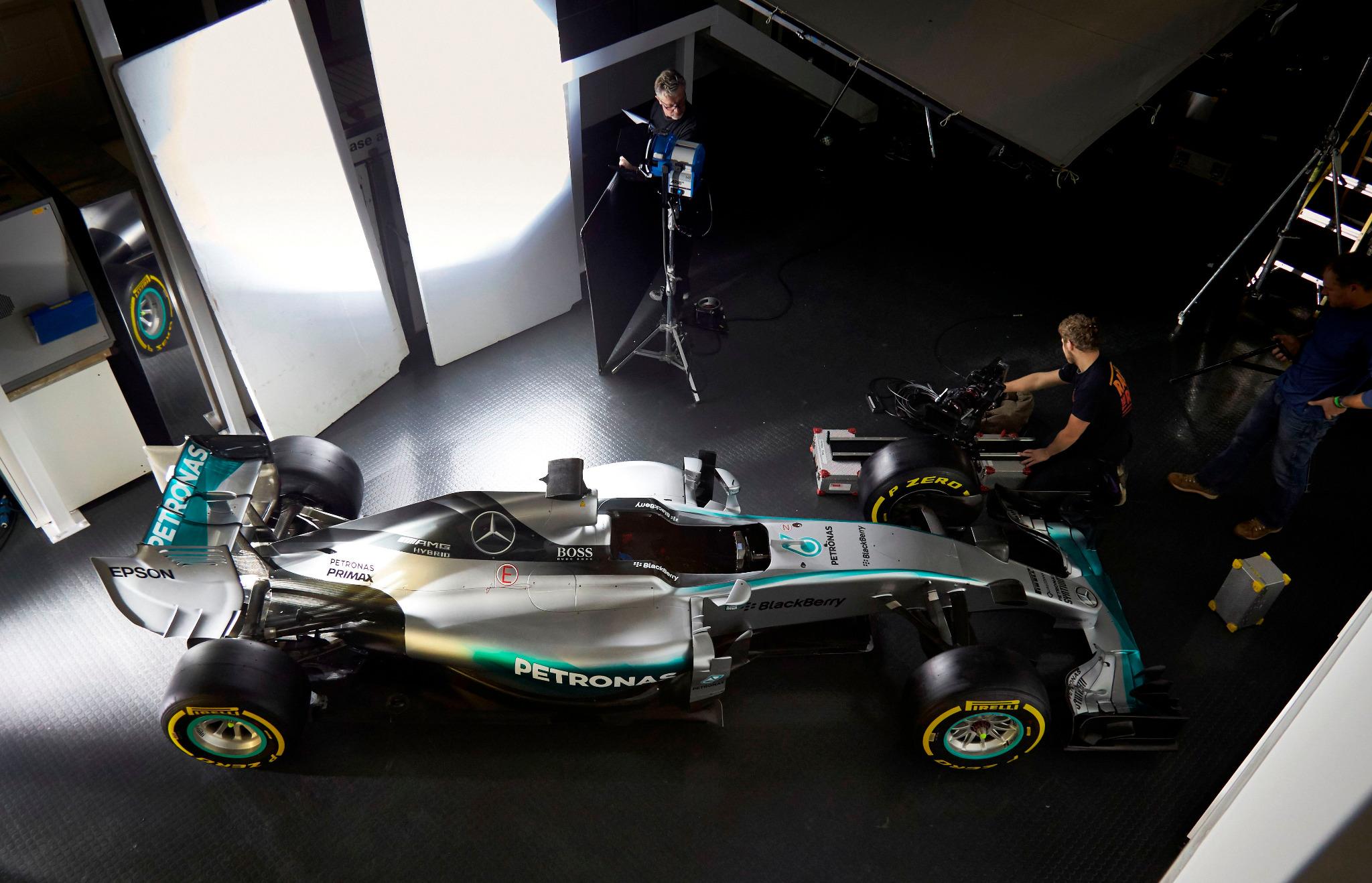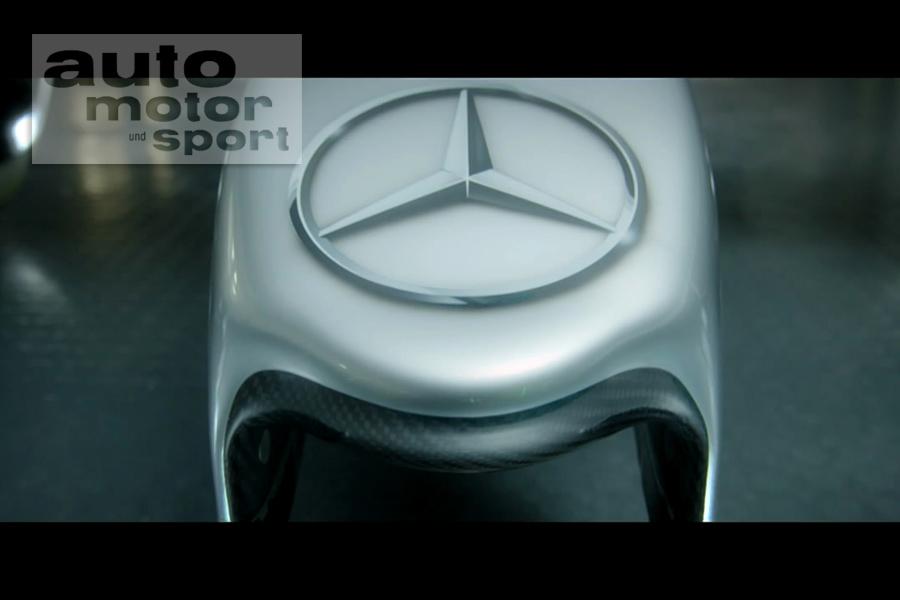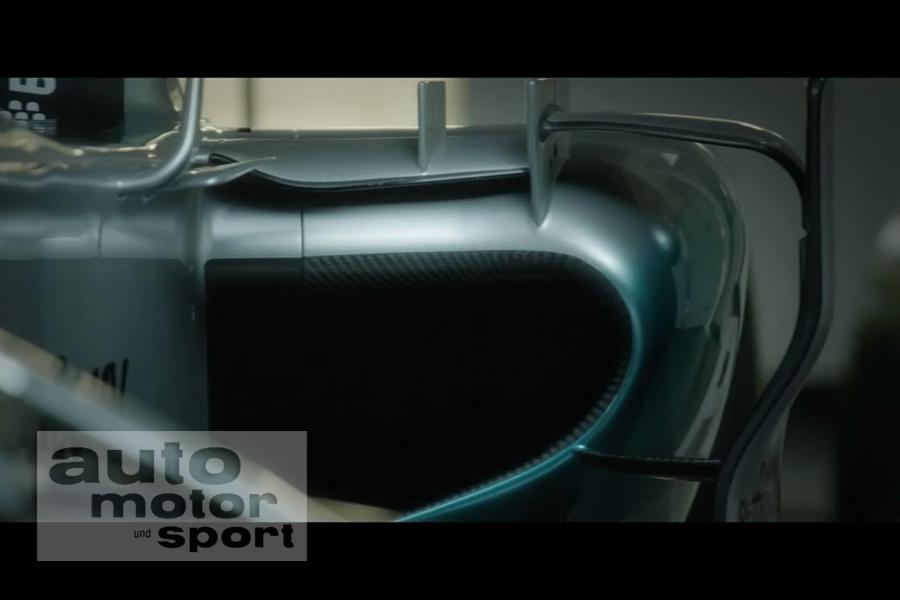SectorOne wrote:Could the shorter nose also have anything to do with crosswinds?
So with a shorter nose it will not affect the front wings as much?
Probably a bad image as it seems the air is going the opposite direction of what i had in mind.
http://i.imgur.com/CM1eAqp.png
Ah interesting you mention this.
Last year Force India had a car that was aerodynamically unstable on a windy day. It messed up their aero structures. I don't know what exactly was the problem, I highly doubt it was the nose alone and probably was the car on its whole being much too sensitive. However, you are having the correct question in mind: what type of nose could aerodynamically be more stable?
I wrote an article about how yaw changes the real air volume fitting through the front wing nose and pylons:
http://www.f1technical.net/features/19883. a nosetip sitting just right in front or even partially inbetween the pylons will block more airflow getting throug there then a nose hanging more forward, even though from a frontal view the opposite would be true.
Mercedes has a rather smell letterbox, meaning it's peak air volume being able to pass that passage is less then what Williams has, BUT due it has no nose stumb hanging over, that same air volume diminishes much less during yaw and crosswinds.
That's not everything to the story though. I didn't want to make the article too complicated to understand, but I think I can further elaborate here: the front wing pylons themselves are very important. They act as turning vanes and flow straighteners. When airflow enters the hotzone right underneath the nose tip, it'll get very turbulent, more so if you have nose stump like Williams and less see when it's more straight forward like Mercedes. However, as you noticed Mercedes has only very tiny pylons while Williams has much larger ones, which allows much more air to be straightened out and be less turbulent. It's trade off between making better quality airflow les better vs. making less quality airflow more better.
BUT there's even more to the story! Last year we saw Williams setting the trend with sculpted pylons that invites airflow from outside the wing pylons to go underneath the nose. Teams always tried this, but with more and more stringent rules blocking airflow going underneath the nose at the front of that nose, this route becomes more and more important. This year we have mclaren turning the pylons both inside, and having a scoop shape in it (something pointed out by trinidefender):
http://cubeupload.com/im/turbof1/Nose.jpg
(As you can probably see, mclaren didn't have any mercy at all with this poor drawer!)
Mercedes does not have that benefit again. I'm guessing here, but I believe they try something very similar through shedding a very controlled vortex coming off their mini pylons.
There are more factors, but it would expand this too much. You are still having your question unanswered and the truth is, is that it'll stay unanswered. It's much too complex and boils down to what philosophy is applied to the car.








